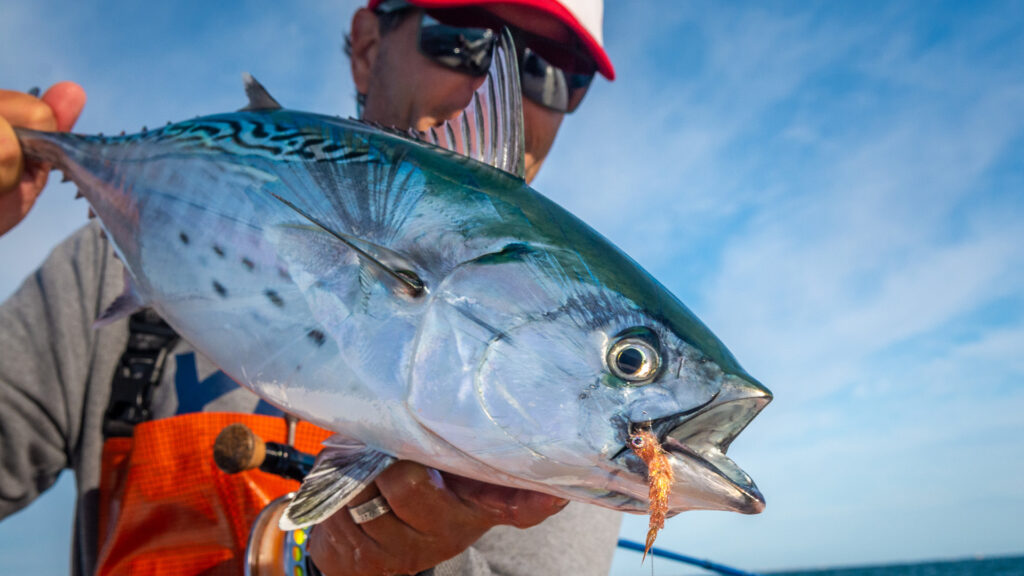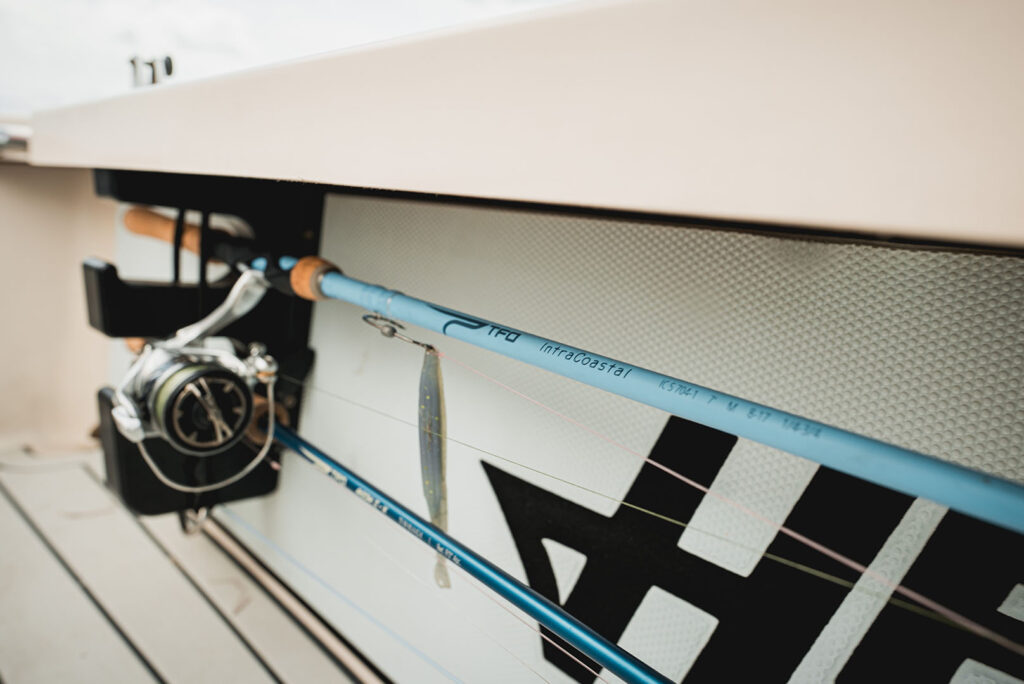It’s no secret that European, high-stick and tight-line nymphing is an extremely effective (and popular) way of catching trout. Being able to make repetitive, drag-free drifts and cover as much water as possible (depth and length) is a sure way of increasing your chances of catching more fish. However, having the right rod and reel to accompany this style of fishing is crucial.
If there’s anyone in the TFO family that knows nymphing, it’s TFO National Advisor Jason Randall. Jason has been fly fishing for most of this life, but when he isn’t fishing, he’s writing about fishing – specifically, nymphing. In 2017, Stackpole/Headwaters Books released his most recent book, ‘Nymph Masters; Fly Fishing Secrets from Expert Anglers’. Leading up to this book, Jason spent several years researching the various styles of nymphing by interviewing, observing and fishing with several competitive anglers that specialize in European, high-stick and tight-line nymphing. With his knowledge and experiences, it was obvious that Jason would be paramount in helping TFO create a rod designed specifically for this style of fishing.
After several years of prototypes and modification, the Stealth will be available at all TFO dealers and online starting October 5th. This week, we talked with Jason about what went into making the Stealth and why he thinks it’s the perfect Euro-nymphing rod.

Photo: Jo Randall
This rod has been several years in the making. Tell us about the research and “making” of the new Stealth rod. What were some important factors for you when helping design this rod?
The two most important factors for a good performing tighline or Euro-nymping rod are overall weight and action.
Weight: We wanted to get this rod right at or under the neighborhood of three ounces that would also be heavily damped. This way there isn’t a lot of back and forwards at the end of the cast. Essentially, we wanted a light rod that would cast easily.
Action: The rod needed to have the sensitivity to detect strikes, but it also has to have the ability to fight a good fish – especially when you are talking about a two or three weight rod. It also has to forgive break offs and protect the lighter tippet (6x & 7x) that is so common in Euro-nymphing.
There were several different stages of prototypes for the Stealth. Each one was an improvement from the last, but when trying to find the right balance between recovery, dampening, tippet protection, and sensitivity in rod, that’s a hard set up criteria to get perfect. I think we finally found it and I couldn’t be happier with what we’ve come up with.
How is this rod different from other TFO rods – specifically the Drift.
The Stealth is a lot lighter and has less swing weight. They are really designed for two different purposes. The Drift is a very good nymphing and multi-purpose rod, but it’s not specifically designed for Euro-nymphing like the Stealth.
And recommendations for reel accompaniment?
The BVK SD I is a great complement for the Stealth. Having a good balance between a longer rod and reel is critical for a good euro nymphing set up. If you have a longer rod, but don’t have a reel to help balance it out in the butt section, your going to wear your arm or shoulder out. The BVK SD I works perfectly for the 2wt and 3wt models of the Stealth.

The BVK SD l is a great complimentary reel for the Stealth. Photo: Nick Conklin
What line, leader, tippet set up do you like to use? Do you add a sinker weight/split shot to the bottom of your rig (bounce rig)?
Bouncing the bottom is not necessarily the goal since trout don’t feed directly from the bottom but on drifting organisms in the lower 20% of the water column (strike zone) and I almost never use sinkers. I most often use lightly weighted flies on light tippet. I usually use 7 X, but 6 X is also common which cuts through the faster water in the upper water column to allow the flies to drift in the strike zone at the slower speed relative to that layer. So my rig is very light, long leaders up to 20 feet long and very light tippet, usually ten feet of 4 X and ten feet of 6-7X. I use SA competition level line. I know my flies are in the strike zone when the drift slows relative to the surface current I can see above, not necessarily when I snag the bottom.
Go-To flies?
I like the Blow Torch, Ice-dub Frenchie, the Pink Hog and the Iron Lotus, in size 14, or so. If I need a slightly heavier fly, I use the Czech Catnip 2.0 or a Coulee Scud. I need a heavier fly to fish stronger, faster current.

Rigging Up. Photo: Jo Randall
Do you ever euro nymph with larger flies or streamers? If so, do you use the same set up (line/leader/tippet) that you would use for the nymphs?
Yes, I use my Euro-nymphing set up- rod, leader and tippet for dries and streamers, but it wouldn’t be called nymphing at that point. Just a hybrid technique.
With the two models offered, can you describe what would be the best types of scenarios for each line wt? In other words, would the 2wt be best for creeks and smaller streams, and the 3wt best for larger streams and rivers?
I think of the 10 foot Stealth as our finesse nymphing rod, which I use most of the time. It is perfect for the lighter rigs and lighter flies I like. It’s also ideal for presentation in tight quarters with limited space.
I would use the 10’6″ Stealth when I need extra reach to target lies, seams or pockets beyond the reach of the 10 foot rod.


The Stealth will be available at all TFO dealers and online starting October 5th . To find out more about this rod click here.
Jason Randall is a National Advisor for TFO, as well as an outdoor writer. His articles appear regularly in national fly fishing magazines and he is a feature writer for American Angler and written four books. In 2017, Stackpole/Headwaters Books released his most recent book, ‘Nymph Masters; Fly Fishing Secrets from Expert Anglers’. He appears at shows and fly fishing events throughout North America. You can find out more Jason here.
![]()






